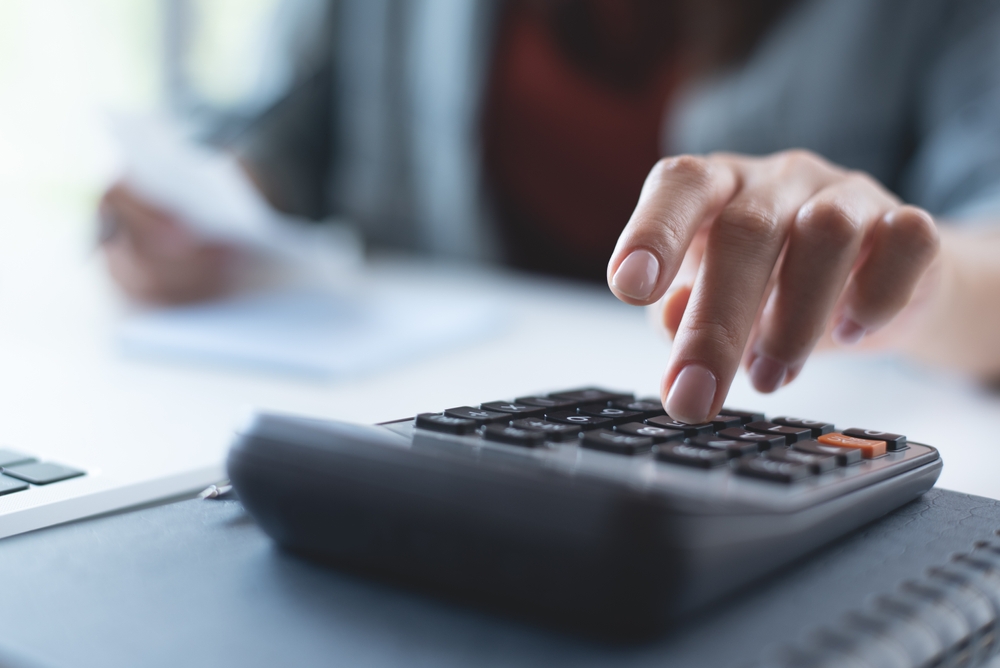Buying a new home should be exciting—not stressful. But when you’re trying to buy one house while still owning another, things can get complicated fast. Timing the sale of your old home with the purchase of your new one can feel like walking a financial tightrope.
That’s where a bridge loan can help. In this article, I’ll break down what a bridge loan is, when it makes sense to use one, and what you need to watch out for. If you’re planning to buy and sell at the same time, keep reading. This short-term financing option might just be the key to a smoother move.
What is a Bridge Loan?
A bridge loan is a short-term loan that helps you “bridge” the gap between buying a new home and selling your current one. It’s designed for homeowners who need to access the equity in their current property to help fund the purchase of their next home.
This type of loan is often used when the timing of the sale and purchase doesn’t line up perfectly. For example, if you find your dream home but haven’t yet sold your current one, a bridge loan gives you the flexibility to move forward with the purchase.
Bridge loans typically last between 6 and 12 months. They often come with higher interest rates than traditional mortgages because they are short-term and carry more risk for lenders. But they also offer speed and convenience when timing is critical.
From a personal standpoint, I’ve seen families use a bridge loan to avoid having to move twice—once into temporary housing and then into their new home. That alone can make it worth considering.
When Does a Bridge Loan Make Sense?
There are a few specific situations where a bridge loan can be a smart move. First, if you’ve found a new home you love and don’t want to risk losing it, but your current home hasn’t sold yet, a bridge loan can give you the funds you need to buy now and sell later.
Second, if you’re relocating for work and have a tight moving timeline, a bridge loan can help you make a quick transition without waiting on your current home to close. This is especially helpful in competitive real estate markets where speed matters.
Lastly, it can help if you’re trying to buy before listing your home. You can avoid staging, showings, and open houses while you’re still living in the home, which can be a real stress reliever—especially for families with kids or pets.
However, it’s important to remember that this type of loan isn’t a long-term solution. It’s meant to buy you time, not to replace traditional financing.
Pros and Cons of Using a Bridge Loan

Like any financial tool, a bridge loan has its upsides and downsides. Let’s start with the benefits.
The biggest pro is flexibility. You can buy your new home without waiting for your old one to sell. That means less pressure and fewer delays. It also helps you avoid paying for temporary housing or moving twice, which can be both costly and exhausting.
Another benefit is faster closing. Bridge loans are often easier to process quickly, helping you compete with other buyers who may not be as ready to close.
Now, for the cons. Bridge loans often come with higher interest rates and upfront fees. You may also have to handle two mortgage payments at once—your old home and the new one. And if your current home doesn’t sell quickly, you could face financial strain.
That’s why it’s so important to talk with a lender and a trusted Realtor before deciding if this type of loan is right for you. I always recommend doing the math and having a plan in place if your first home doesn’t sell as fast as expected.
What Are the Risks of a Bridge Loan?
There are a few key risks to be aware of when considering a bridge loan. First, you’re betting that your current home will sell within the loan term—usually 6 to 12 months. If it doesn’t, you may have to refinance or take out another loan to cover the gap.
Second, carrying two homes—even temporarily—can be financially stressful. You’ll need to make payments on both properties, which can strain your budget if your home doesn’t sell quickly.
Another risk is the uncertainty of the real estate market. If home prices drop or demand slows down, your home might not sell for as much—or as fast—as you hoped. That can put a dent in your financial plans and possibly leave you short on funds.
It’s also worth noting that not everyone qualifies for a bridge loan. You’ll need solid credit, a good debt-to-income ratio, and enough equity in your current home. If you’re unsure whether you meet those requirements, talk to your lender early in the process.
How Do You Qualify for a Bridge Loan?

Qualifying for a bridge loan is a little different than qualifying for a traditional mortgage. Most lenders want to see that you have at least 20% equity in your current home. That gives them confidence that the loan is backed by real value.
They’ll also check your credit score and debt-to-income ratio to make sure you can handle the payments—especially if you’ll be carrying two mortgages for a while. A strong financial profile helps, but each lender has different requirements.
You’ll likely need to provide documentation similar to what’s required for a regular mortgage: proof of income, tax returns, and a list of debts and assets. The approval process can move fast, which is a plus when you’re under pressure to act quickly on a home purchase.
My advice? Get pre-approved early. That way, you know your options before you fall in love with a home—and before the timing gets tight.
Final Thoughts
A bridge loan can be a powerful tool when used in the right situation. It gives you financial flexibility when timing is tight, and it can help you move forward with confidence—without feeling stuck between two homes.
Still, it’s not without risk. Before taking out a bridge loan, talk with your Realtor and your lender to understand the pros, cons, and costs. It may be the bridge you need—or it may be smarter to explore other options.
Looking for more smart tips like this? Check out our Two-Minute Tuesday video series and explore the rest of my real estate blog for more helpful advice.
FAQs About Bridge Loans

How long do bridge loans last?
Most bridge loans have terms between 6 and 12 months. Some may be extended if your home hasn’t sold yet, but extensions can come with additional fees.
Can I get a bridge loan with bad credit?
It’s unlikely. Most lenders require good to excellent credit and strong financials. If your credit is shaky, you may need to explore other options.
What happens if my home doesn’t sell before the loan is due?
You’ll either need to pay off the loan with savings, refinance it, or ask the lender for an extension. This can add stress and extra costs.
Do I need to make payments on the bridge loan right away?
It depends on the lender. Some offer interest-only payments during the loan term. Others require full payments. Make sure you understand the terms up front.
Are bridge loans only for buying homes?
They’re most common in real estate transactions, but bridge loans can also be used for business financing or other short-term needs. In this article, we’ve focused on home buying.

